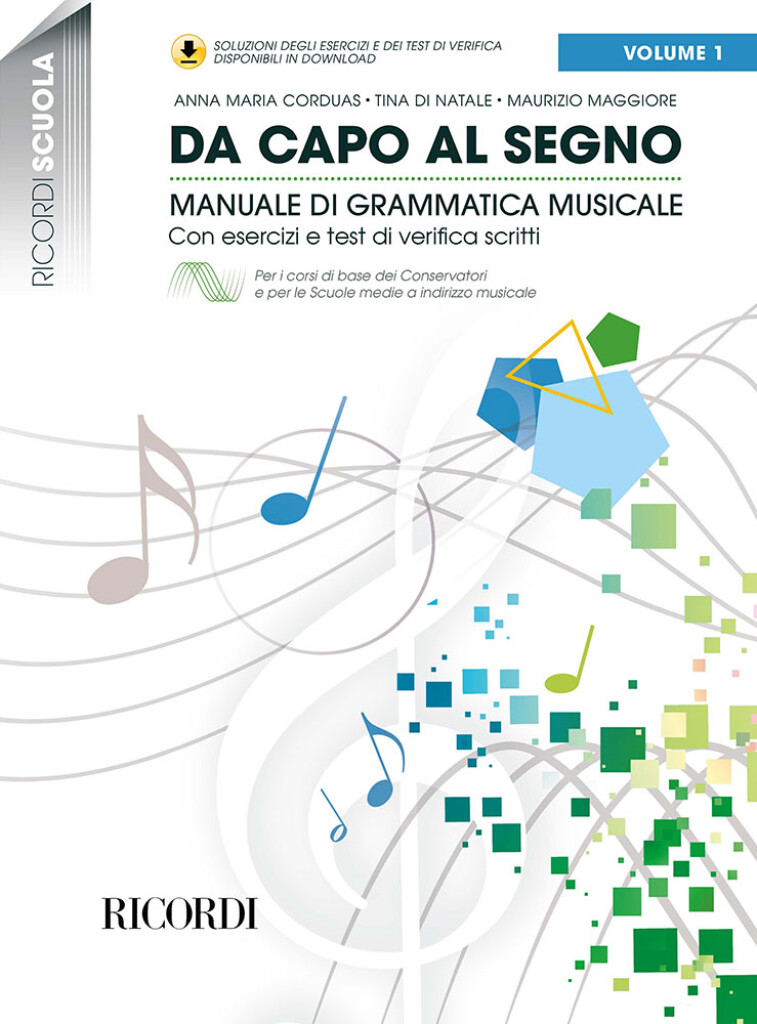Lucia di Lammermoor : Edizione critica a cura di Gabriele Dotto e Roger Parker (Vol. 1: XLIV, Vol. 2: VIII)
Gaetano Donizettis Lucia di Lammermoor, written to a libretto by Salvadore Cammarano, was first performed at the Teatro di San Carlo in Naples on 26 September 1835. It has remained in the repertory without interruption as one of Donizettis most popular operas throughout its nearly 200-year history. The edition proposes as the principal text a version of the opera that, for the most part, is as near as possible to that given at the premiere in Naples. However, one of the important new features of the edition is that it includes several fully orchestrated passages that, for unknown reasons, were cancelled very close to the time of the first performance. It also features in the third-act mad scene an obbligato part for the glass harmonica, an instrument that Donizetti had chosen for this extraordinary scene, and drafted in his autograph score, but was then constrained to substitute with a solo flute when the glass harmonica player got into contractual difficulties with the theatre. While the glass harmonica part was considered a mere musicological curiosity some decades ago, the critical edition now convincingly argues for its legitimate restoration as part of the composers preferred concept. The Sources section of the edition includes a detailed examination of all contemporary sources for the opera. The composers autograph score is of course the most important of these, but also of great value is the first printed vocal score of the opera, which in some numbers has a piano reduction prepared by the composer and contains many vocal variants (all reported in the score) that will be a great value to performers. There are also a number of early manuscript copies of the full score, several of which are valuable in outlining the first interpretations of Donizettis music. The critical edition restores the original keys, thus maintaining Donizettis overall harmonic design, but discusses transpositions that later entered the performing and editorial tradition of the opera. Three transposed pieces which may have had Donizettis approval will be made available available in the material for hire to theatres.

















































